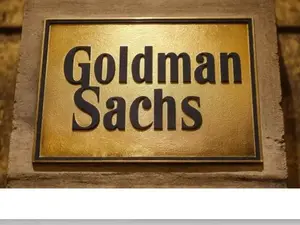The market cap of Tether (USDT) has eclipsed $150 billion for the first time, as Tether continues to dominate the US stablecoin space. USDt’s circulating supply has expanded by over 36% in the past year alone, especially since Donald Trump was elected as US President for a second time. Tether is a dominant force in cryptocurrency, accounting for 61% of the global stablecoin market as of May 2025.
Data from Artemis reveals that the number of active stablecoin wallets has surged more than 50% over the past year, from 19.6 million to 30 million. With Tether leading the way in the stablecoin industry, its market cap surpassing $150 was an awaited development by experts. Additionally, Tether is looking to expand that footprint, especially in the US, according to reports.
According to CNBC, Tether is increasing lobbying efforts in Washington as US lawmakers consider several stablecoin-related bills, including the STABLE Act. The act was first introduced by House Financial Services Committee Chair French Hill and Digital Assets Subcommittee Chair Bryan Steil. However, the stable act has received mixed input by legislation. Former Commodity Futures Trading Commission Chair Timothy Massad argues the bill would do little to rein in Tether.
Also Read: Ethereum Fusaka Upgrade May Cut Layer-2 and Validator Costs
Furthermore, Tether recently announced a $100,000 grant to the BTCPay Server Foundation. This marks the second consecutive year Tether has extended direct support to the Foundation, reaffirming its strategic mission to champion developers building the infrastructure for financial freedom. Tether’s CEO, Paolo Ardoino, said. “We firmly uphold the principles of financial freedom and individual privacy that BTCPay Server exemplifies. This new grant to the BTCPay Server Foundation reflects our respect for the cypherpunk principles that bolster the digital asset movement.”
Tether (USDT)’s market volume in the last 24 hours is $127.7B, up over 30%. The stablecoin has become the leading contender of digitalizing fiat currencies, with USDT pegged 1:1 to the US dollar.






